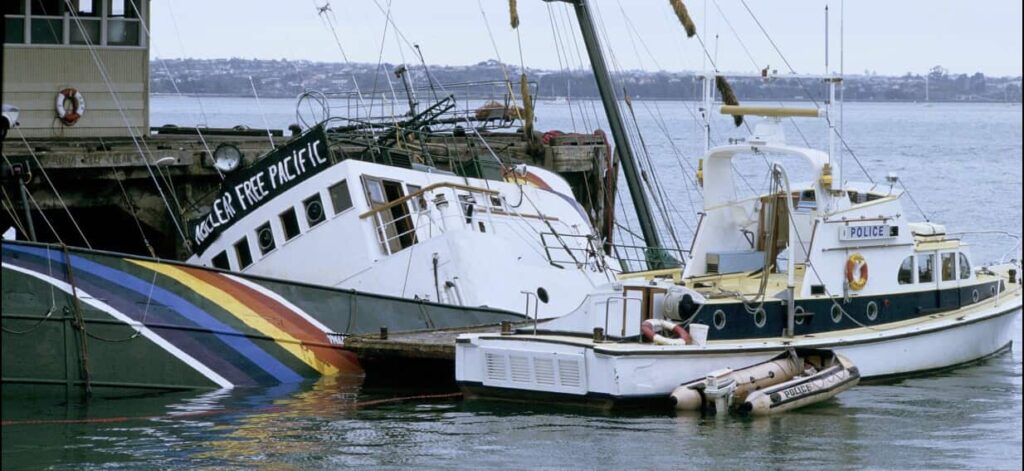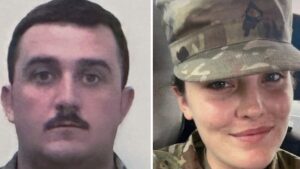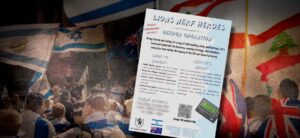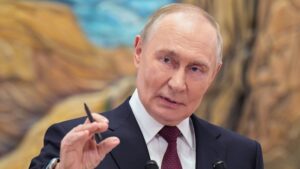
The Greenpeace organization's protest flagship, "Rainbow Warrior", was sunk in the port of Auckland, New Zealand, by an explosion which killed the ship's Dutch photographer. It is only two months later, in the middle of a growing political scandal, that the French government admitted to having staged the operation. Defense Minister Charles Hernu was forced to resign and the government suffered a serious blow to its credibility. (Photo by Tristan SIEGMANN/Gamma-Rapho via Getty Images)
Unreleased Australian government documents have shed new light on the involvement of French agents in the bombing of the Greenpeace ship, the *Rainbow Warrior*, which occurred in Auckland Harbour in July 1985. The information, revealed through the investigative podcast *Fallout: Spies on Norfolk Island*, indicates that these agents were initially apprehended on Norfolk Island shortly after the bombing.
On approach to Norfolk Island, Alan ‘Kissard’ Buffett, then the island’s collector of customs, spotted a yacht named *Ouvea* in Cascade Bay. His suspicions were aroused when he noted the yacht’s crew appeared unusually well-dressed for the typical sailing crowd. Upon landing on July 15, 1985, Buffett acted quickly, alerting his officers to investigate the yacht and its occupants.
Buffett recalled, “He said, ‘I smell a rat.’ And in Norfolk, that means you think there’s something fishy going on.” This intuition was soon validated when Australian officials warned that the crew, composed of four Frenchmen, may not have been on a simple pleasure cruise as claimed. Instead, they were suspected operatives of the French secret service, potentially linked to the deadly bombing of the *Rainbow Warrior*.
The incident had international ramifications, killing photographer Fernando Pereira and triggering one of New Zealand’s largest police investigations. Following the bombing, then-French Prime Minister Laurent Fabius publicly acknowledged that French agents had been dispatched to execute the attack against Greenpeace, which was preparing to challenge French nuclear testing in the South Pacific.
Documents from the investigation revealed that the three-man police force on Norfolk Island was authorized by then-Australian Prime Minister Bob Hawke to monitor the Frenchmen until New Zealand detectives arrived. Dennis Murray, a federal police officer stationed on the island, received clear orders: “Make sure they don’t leave the island. Make sure they don’t get on a plane.”
Norfolk Island’s administrator at the time, John Matthew, expressed concerns about potential armed retaliation from the French operatives. He ordered the police to confiscate the dinghy used by the French crew, effectively preventing their escape to the yacht. As midnight approached on July 15, a plan was devised for a raid on the Frenchmen’s motel rooms.
Tensions ran high as Murray described the uncertainty of the impending raid: “When you hit those doors, you don’t know what’s going to happen on the other side… it could be firearms, it could be anything.” Fortunately, the French agents cooperated, demonstrating their training from France’s Directorate-General for External Security, which prepared them to withstand interrogation while maintaining their cover.
On the morning of July 16, the New Zealand detectives discovered they had a limited window of time to gather evidence against the Frenchmen. The Australian government imposed a deadline of 14:00 that day for the detectives to either charge the agents or release them. Despite the urgency, the detectives could only begin their search of the yacht after dawn, ultimately seizing numerous documents and samples from the yacht’s bilge for explosive residue testing.
Murray expressed sympathy for his New Zealand counterparts, noting, “It’s got to be done in 24 hours or ‘stiff shit’ sort of thing. When you think about it, they didn’t give them much time.” Ultimately, the French agents were released later that day, and *Ouvea* disappeared from sight, with speculation that they were extracted by a French submarine.
Subsequently, the analysis of the bilge samples confirmed the presence of explosives, and documents retrieved from the yacht established a connection between the Frenchmen and other agents already detained in New Zealand. Reflecting on the events, Buffett remains puzzled by the Australian government’s decision to enforce a tight deadline. “It did appear really short to us, really given the fact that someone was killed,” he stated.
Despite overwhelming evidence of their involvement, none of the French agents faced prosecution after leaving Norfolk Island. The *Rainbow Warrior* bombing remains a critical moment in both environmental activism and international relations, highlighting the complex interplay of espionage, military interests, and the fight against nuclear testing.






